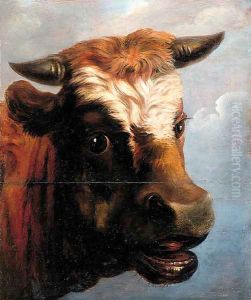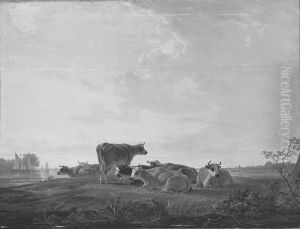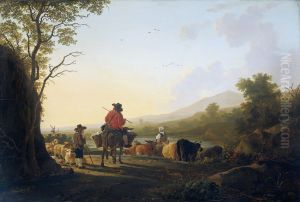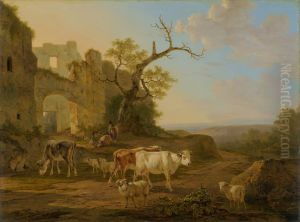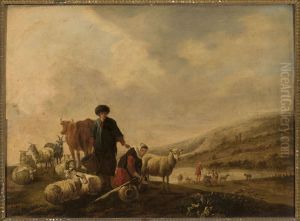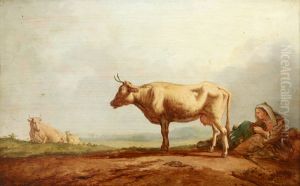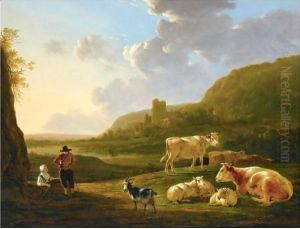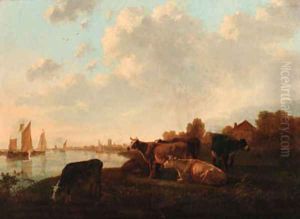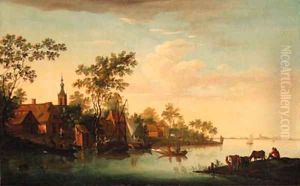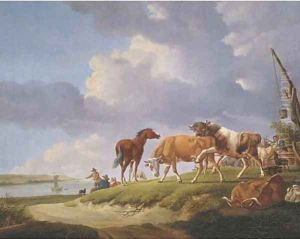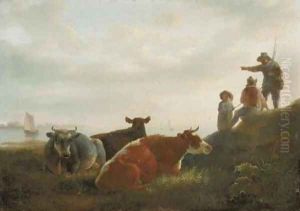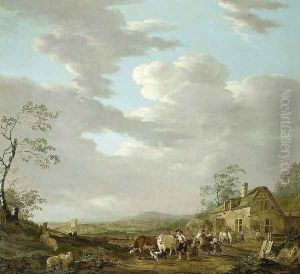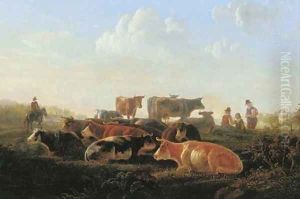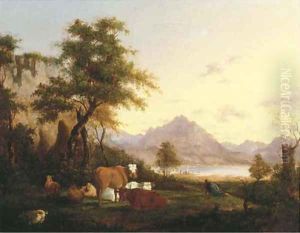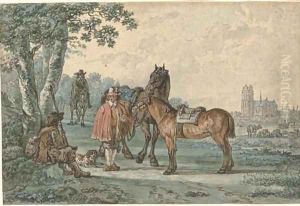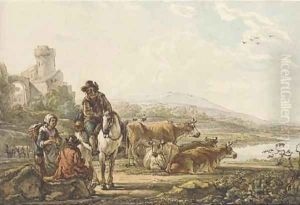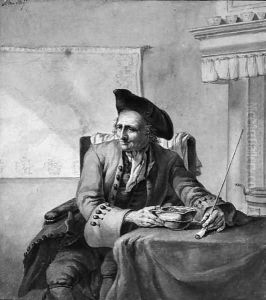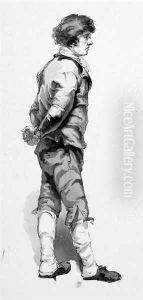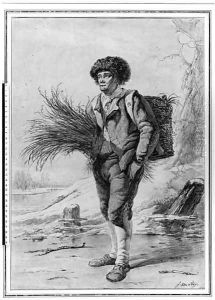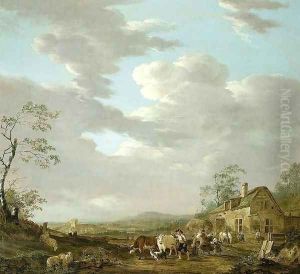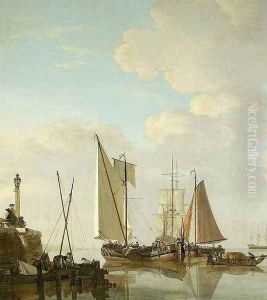Jacob van Strij Paintings
Jacob van Strij was a distinguished Dutch painter, born in Dordrecht in 1756. He was a pivotal figure in the Dutch art scene of the late 18th and early 19th centuries, known for his exceptional skills in landscape and animal painting, as well as his contributions to the genre of interior scenes. Jacob was deeply influenced by the 17th-century Dutch masters, particularly by the works of Albert Cuyp, a fellow Dordrecht artist, whose style and pastoral themes are evident in van Strij's paintings.
Jacob was part of an artistic family; his father, Leendert van Strij, was also a painter, and his brother, Abraham van Strij, was an accomplished artist as well. This environment nurtured his talents from a young age, enabling him to develop a keen eye for detail and a profound appreciation for the Dutch landscape.
Van Strij's education in art began under the tutelage of his father and was later augmented by studies with leading artists of his time. He traveled to Antwerp, where he was exposed to the Flemish masters, further enriching his artistic vocabulary and technique. Upon his return to Dordrecht, Jacob, alongside his brother Abraham, played a significant role in the local art community, contributing to the city's cultural life and its reputation as a center for art and artists.
Throughout his career, Jacob van Strij excelled in capturing the serene beauty of the Dutch countryside, imbuing his landscapes with a sense of tranquility and timelessness. His works often featured pastoral scenes populated with animals and figures, executed with a meticulous attention to detail and a harmonious color palette. In addition to landscapes, van Strij was also adept at interior scenes, where his skillful use of light and shadow brought warmth and intimacy to domestic settings.
Jacob van Strij's legacy is preserved in his contributions to Dutch art, particularly in the way he bridged the grandeur of the Golden Age with the evolving tastes of the late 18th and early 19th centuries. His works are held in high esteem and can be found in numerous museums and private collections around the world. Van Strij passed away in 1815 in Dordrecht, leaving behind a body of work that continues to be celebrated for its beauty, technical prowess, and evocative portrayal of Dutch life and landscapes.
